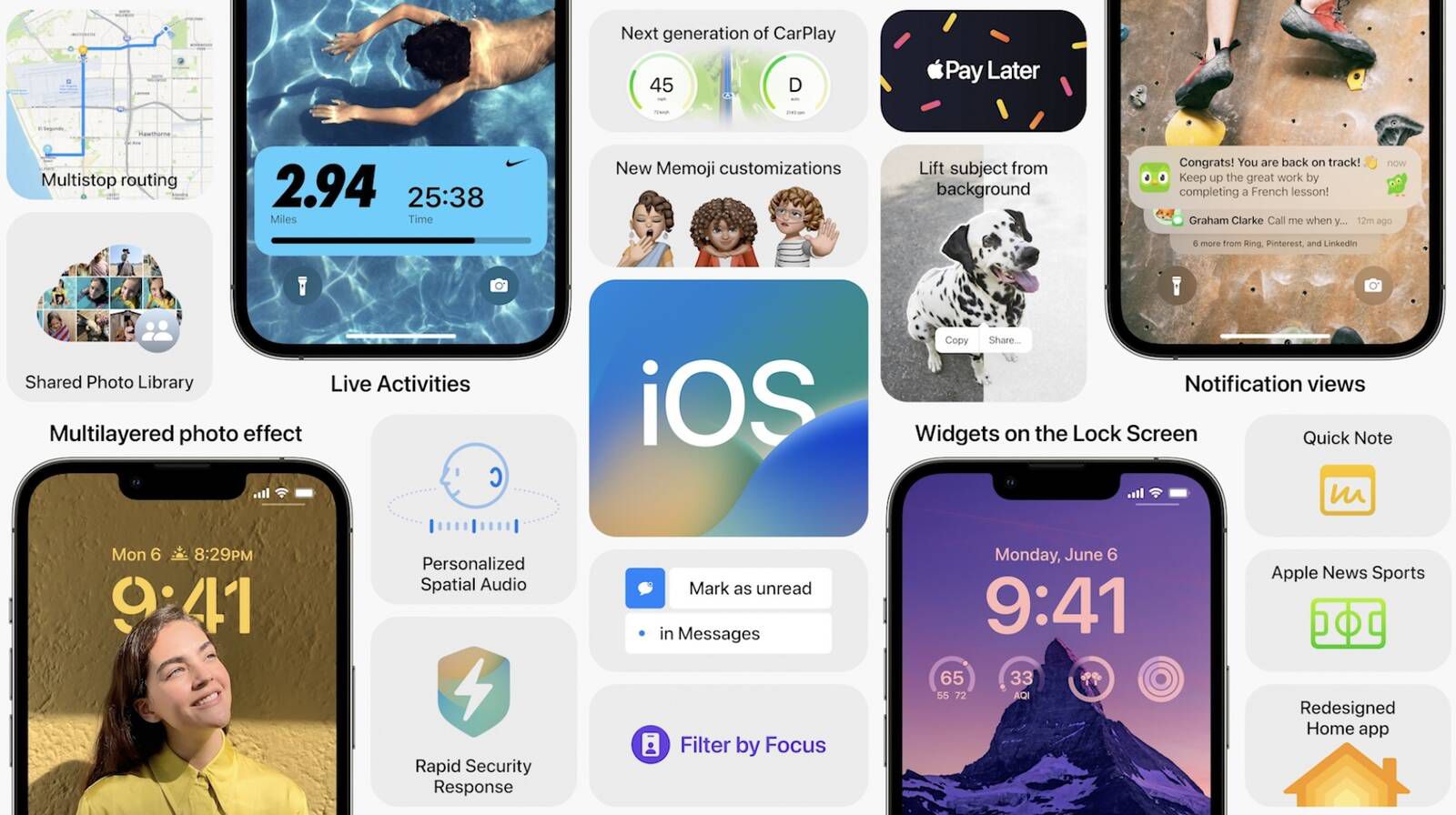- Joined
- Jan 17, 2021
- Posts
- 2,057
Oh more: iMessage edit, undo send, and mark unread! Yes! But still no tapback with any emoji.
iOS gets Rapid Security Response too, IIRC. Nice.• macOS security gets even stronger with new tools that make the Mac more resistant to attack, including Rapid Security Response that works in between normal updates to easily keep security up to date without a reboot.
Yep. It’s mentioned in the wiki post at the top of this threadiOS gets Rapid Security Response too, IIRC. Nice.

Swap on iOS and iPadOS will be a game changer.
Not just for Apple but will clearly differentiate the Apple devices from competitor android machines that use cheaper crappier flash or even run the bulk of their content from micro SD.
Question: is there swap on iOS? Or just iPadOS?
To be fair I’ve only read the summaries and haven’t watched the keynote yet (it would have started around 1am here)
What dictates the amount of RAM that a CPU can address? I find it somewhat counterintuitive that the M2 can't address, for example, 32GB of RAM. I get why having more bandwidth is difficult, but why is supporting more RAM capacity difficult? I know that a couple decades ago computers had much higher headrooms (i.e. the PowerMac G3, which shipped with 64MB standard but could go up to 1024MB), but nowadays a lot of CPUs seem to be much more limited in the RAM capacity they support, compared to the 'standard' or average configuration.Not much to go on for M2, but the faster memory bandwidth and ability to have more physical memory is most interesting to me. Certainly must be avalanche and blizzard. No ray tracing in the GPUs is notable, but that seems like something that would come in the 3nm node, I guess - physical die Area must be at a premium since they are still at 5nm, and ray tracing isn’t small, is my understanding.
What dictates the amount of RAM that a CPU can address? I find it somewhat counterintuitive that the M2 can't address, for example, 32GB of RAM. I get why having more bandwidth is difficult, but why is supporting more RAM capacity difficult? I know that a couple decades ago computers had much higher headrooms (i.e. the PowerMac G3, which shipped with 64MB standard but could go up to 1024MB), but nowadays a lot of CPUs seem to be much more limited in the RAM capacity they support, compared to the 'standard' or average configuration.
Is it just me or does Standard and More Space look the same?
Is it just me or does Standard and More Space look the same?
Oh f*ck. M1 iPads only.Display scaling on iPad:
Yeah, i get the feeling a lot of these things will be only M1.Oh f*ck. M1 iPads only.
Oh that makes sense. Thanks!Could be a number of factors. Address bits is one (of course each additional address bit doubles the amount of addressable RAM). The size of structures like TLBs and caches (more so the TLBs than the caches - caches just get less efficient at a given size if RAM increases). Etc. Could also be physical factors - power, package area, etc.
This site uses cookies to help personalise content, tailor your experience and to keep you logged in if you register.
By continuing to use this site, you are consenting to our use of cookies.
